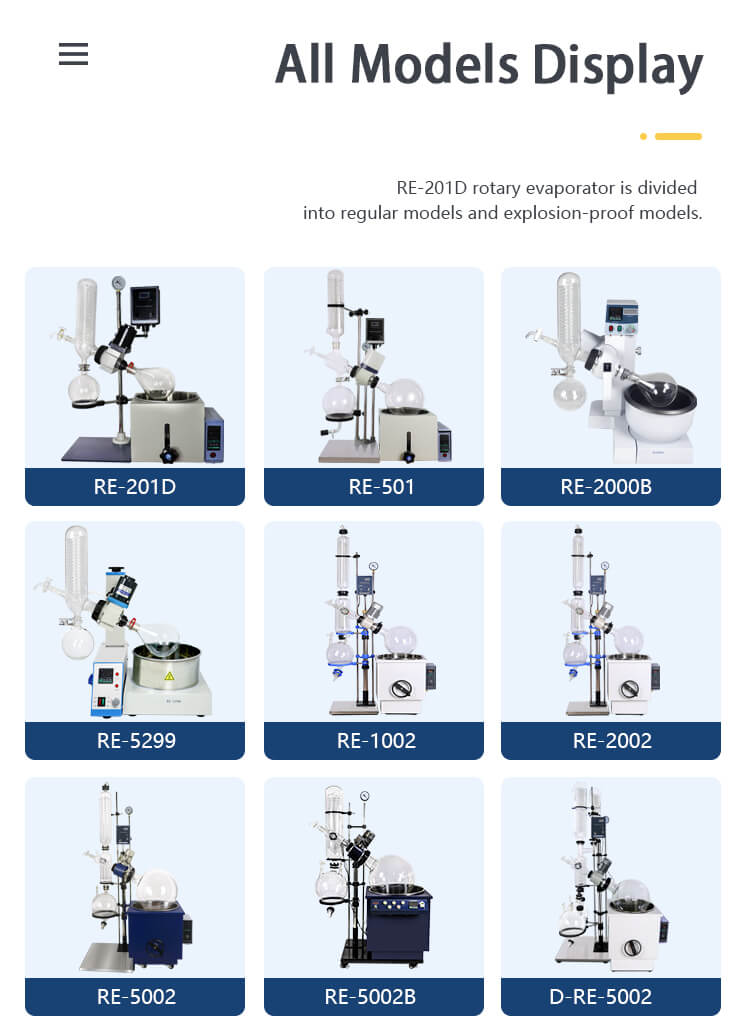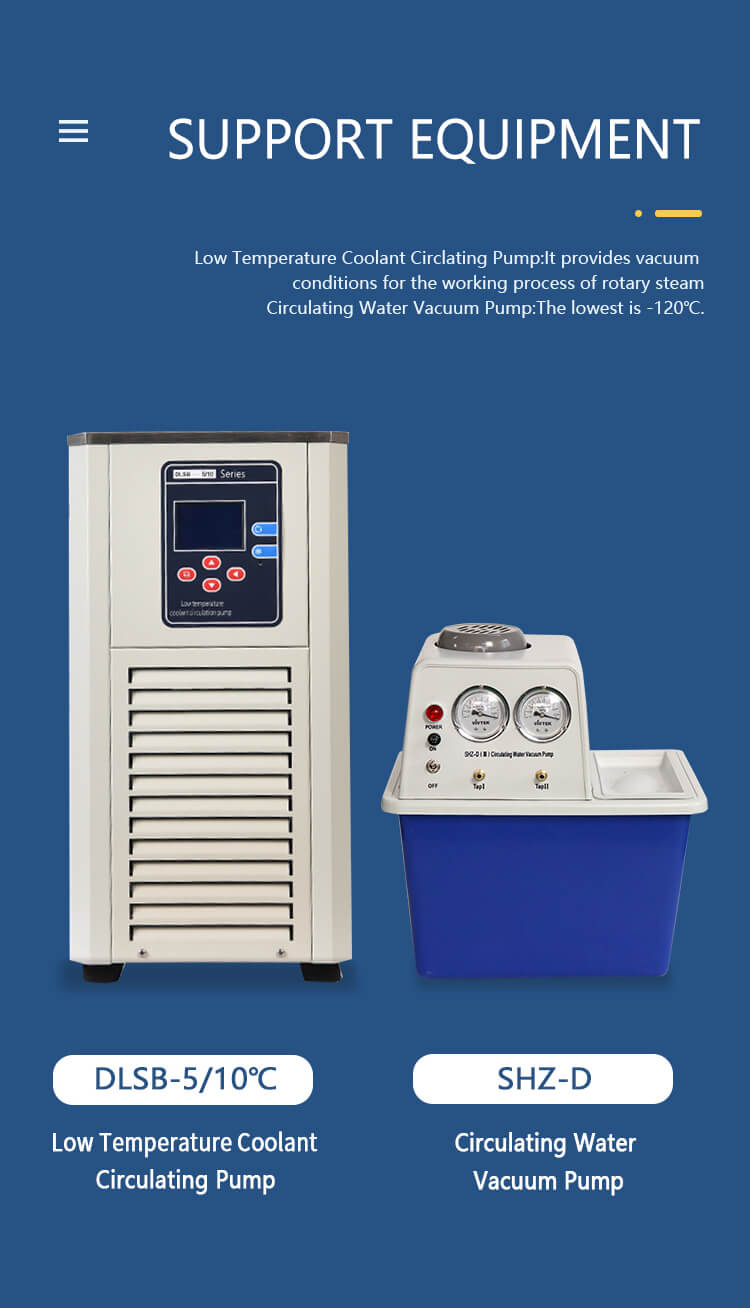Deciphering Distillation: Large Scale Rotovap vs Mini Rotovap
I. Introduction to Large Scale Rotovap and Mini Rotovap
In the world of laboratory equipment, distillation and extraction processes are crucial for various applications in fields like chemistry, pharmaceuticals, and biotechnology. Two essential tools in these processes are large scale rotovaps and mini rotovap for sale. This article explores the key differences and applications of these versatile devices that play a pivotal role in laboratories worldwide.
II. Understanding Large Scale Rotovaps
Large scale rotovaps, short for rotary evaporators, are robust, high-capacity distillation systems designed for industrial and research-scale applications. They are characterized by their substantial capacity and are capable of handling larger volumes of solvents and samples compared to their mini counterparts. These machines are instrumental in industries where large-scale distillation and concentration are required, such as in the production of essential oils, chemicals, and pharmaceuticals.

Large scale rotovaps typically consist of a heating bath, a rotating flask, a condenser, and a vacuum system. The process involves heating the liquid sample in the flask, which then evaporates, and the vapor is condensed back into liquid form in the condenser. The vacuum system aids in reducing the boiling point of the solvent, making distillation more efficient.
III. Applications of Large Scale Rotovaps
Large scale rotovaps find diverse applications in various industries, including:
1. Pharmaceuticals: They are used for the purification and concentration of active pharmaceutical ingredients (APIs) and the removal of solvents from drug formulations.
2. Chemical Industry: Large scale rotovaps are essential for solvent recovery, the synthesis of chemicals, and the production of fine chemicals.
3. Food and Beverage: In this industry, they are utilized for the extraction of flavors and fragrances from natural sources, like herbs and spices.
IV. Exploring Mini Rotovaps
On the other end of the spectrum are mini rotovaps, compact and versatile distillation units designed for smaller-scale laboratory applications. These devices are known for their portability and ease of use, making them a preferred choice for researchers and small-scale production settings.
Mini rotovaps share a similar working principle with their larger counterparts but are scaled down in size and capacity. They are equipped with a smaller rotating flask, a compact condenser, and a vacuum system. These features make them ideal for tasks like solvent recovery, concentration of samples, and essential oil extraction on a smaller scale.

V. Mini Rotovap Applications
Mini rotovaps are well-suited for various laboratory applications, including:
1. Academic Research: They are invaluable tools for academic research laboratories where space and budget constraints are common.
2. Quality Control: Mini rotovaps are used in quality control laboratories for routine sample preparation and analysis.
3. Aromatherapy and Essential Oils: In the wellness industry, these devices are used for the extraction of essential oils from botanicals.
VI. Choosing the Right Rotovap for Your Needs
When selecting between large scale rotovaps and mini rotovaps, several factors should be considered:
1. Scale of Operations: Determine the volume of samples you'll be working with regularly.
2. Budget: Large scale rotovaps are more expensive than mini rotovaps, so your budget will play a significant role in your choice.
3. Application: Consider the specific applications you need the rotovap for; some processes may require the capabilities of a large scale unit, while others can be accomplished with a mini rotovap.

In conclusion, both large scale rotovaps and mini rotovaps have their unique advantages and applications. The choice between them depends on the scale of operations, budget constraints, and the specific tasks at hand. These versatile distillation systems continue to play a pivotal role in laboratories, contributing to advancements in various industries.


